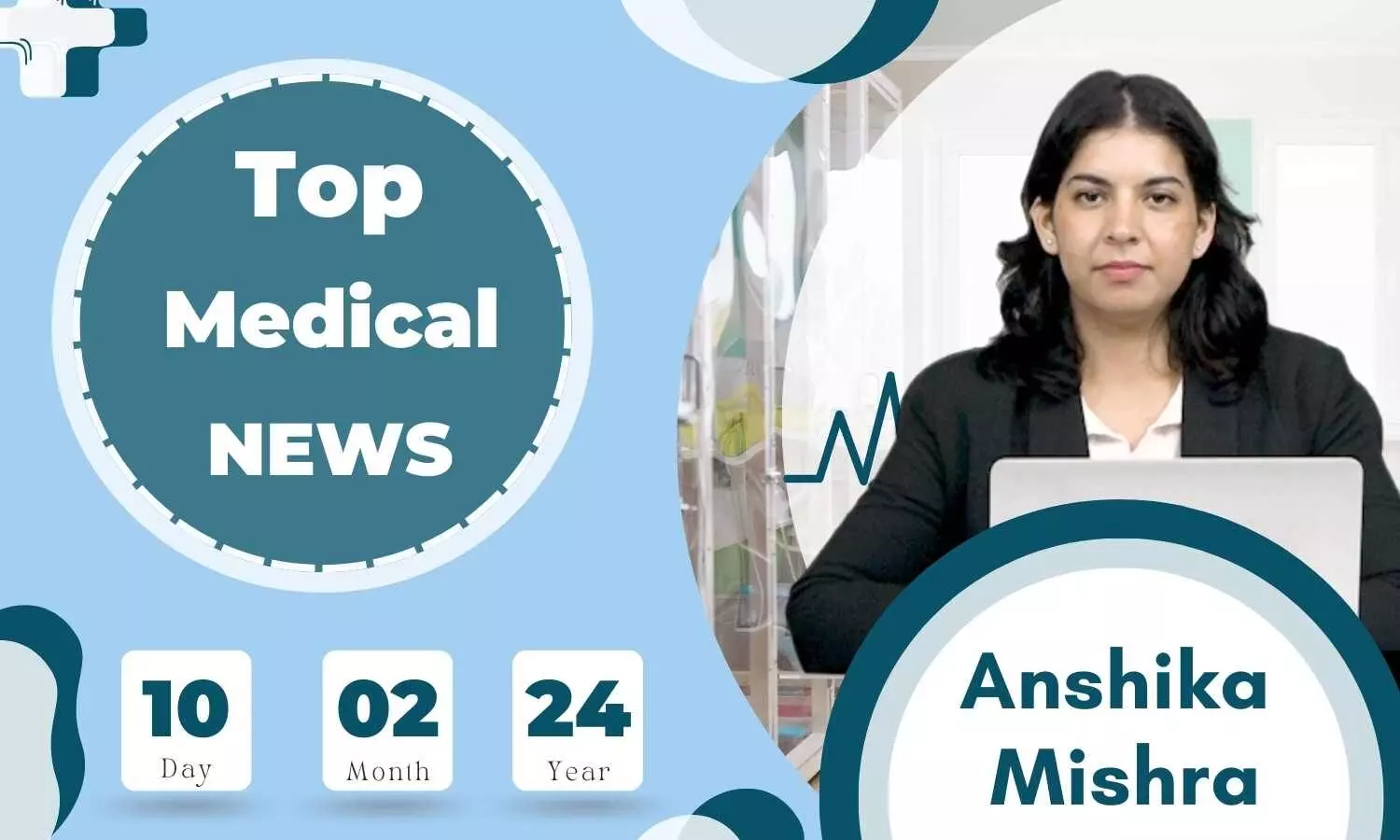Medical Bulletin 10/February/2024

Here are the top medical news highlights of the day:
Prediction of Psychosis before its onset
An international consortium, including researchers from the University of Tokyo, developed a machine-learning tool capable of predicting the onset of psychosis before it happens. This tool classifies MRI brain scans into two categories: those from healthy individuals and those at risk of a psychotic episode.
Psychotic episodes, characterized by delusions, hallucinations, or disorganized thinking, can happen to anyone due to triggers like illness, trauma, drug use, medication, or genetics. Though potentially distressing, they are treatable, and most people recover but identifying those in need of help can be difficult, especially since these episodes most commonly begin in adolescence or early adulthood, a time of significant changes.
“At most only 30% of clinical high-risk individuals later have overt psychotic symptoms, while the remaining 70% do not,” explained Associate Professor Shinsuke Koike from the Graduate School of Arts and Sciences at the University of Tokyo. “Therefore, clinicians need help to identify those who will go on to have psychotic symptoms using not only subclinical signs, such as changes in thinking, behavior and emotions, but also some biological markers.”
The team from 21 different institutions in 15 different countries gathered a large and diverse group of adolescent and young adult participants. According to Koike, MRI research into psychotic disorders can be challenging because variations in brain development and in MRI machines make it difficult to get very accurate, comparable results. Also, with young people, it can be difficult to differentiate between changes that are taking place because of typical development and those due to mental illness.
Reference: Using Brain Structural Neuroimaging Measures to Predict Psychosis Onset for Individuals at Clinical High-Risk. Molecular Psychiatry. DOI: 10.1038/s41380-024-02426-7
Sex hormones enhance gonorrhea’s defense against antibiotics
The standard warning on oral contraceptives about not protecting against STIs takes on new significance with gonorrhea; the bacterium causing this disease can utilize the hormones from birth control to boost its antibiotic resistance.
Like many bacteria, Neisseria gonorrhoeae, is equipped with pumps to push the killing chemicals out of its cells. But what’s unique, according to a Duke and Emory study online this week in Nature Communications, is that the hormones of the human urogenital tract actually allow gonorrhea to make and use more of these pumps to fight intrinsic antimicrobials and prescribed antibiotics.
The researchers uncovered the information while examining a transcription factor – a protein that binds to specific sites on the bacterium’s DNA and slows production of the efflux pumps that protect it.
Reference: “Hormonal Steroids Induce Multidrug Resistance and Stress Response Genes in Neisseria gonorrhoeae by Binding to MtrR,” Grace M. Hooks, Julio C. Ayala, Concerta L. Holley, Vijaya Dhulipala, Grace A. Beggs, John R. Perfect, Maria A. Schumacher, William M. Shafer, Richard G. Brennan. Nature Communications, Online Feb. 7, 2024. DOI: 10.1038/s41467-024-45195-1
Insights into cancer drug’s lethal side effects aim to enhance safety
In a new study, researchers from the University of Illinois Chicago and other universities have identified mechanisms that cause the drug, ponatinib, to harm the heart. They also identified a promising treatment that could reverse this process.
The study published in Circulation Research and conducted with senior author Sang Ging Ong, assistant professor of pharmacology and medicine at UIC, is part of a growing field called cardio-oncology that investigates drugs that shrink tumors but can also cause heart problems.
For some leukemia patients, the only potential chemotherapy option is a drug that also carries a high risk of heart failure. This means that some patients who recover from cancer will end up dying of heart disease brought on by the cure.
“These patients have no other options for treatment,” Ong said, despite the concerns about the drug’s side effects. In fact, ponatinib was discontinued for a few months after its introduction in 2012 because of concerns about heart problems.
The research team aimed to explore how ponatinib interacts with the heart cells that drive contraction. Their findings revealed that ponatinib harms these cells by triggering a mechanism called the integrated stress response.
Reference: DOI: 10.1161/CIRCRESAHA.123.323683



